
Just 130 km northeast of Moscow, along the Yaroslavl highway, there is the wonderful Pleshcheyevo Lake National Park. It is located along the ‘Golden Ring of Russia’ tour that passes through the ancient cities of North-Eastern Russia, the protected monuments of the Russian history and culture, but the Park comes under the Ministry of Natural Resources and Ecology of the Russian Federation.
All people - the photographers, artists, cinematographers, aeronauts - love Pleshcheyevo Lake and the nature around it for their unique and diverse beauty, the vast of the Lake and its surroundings.
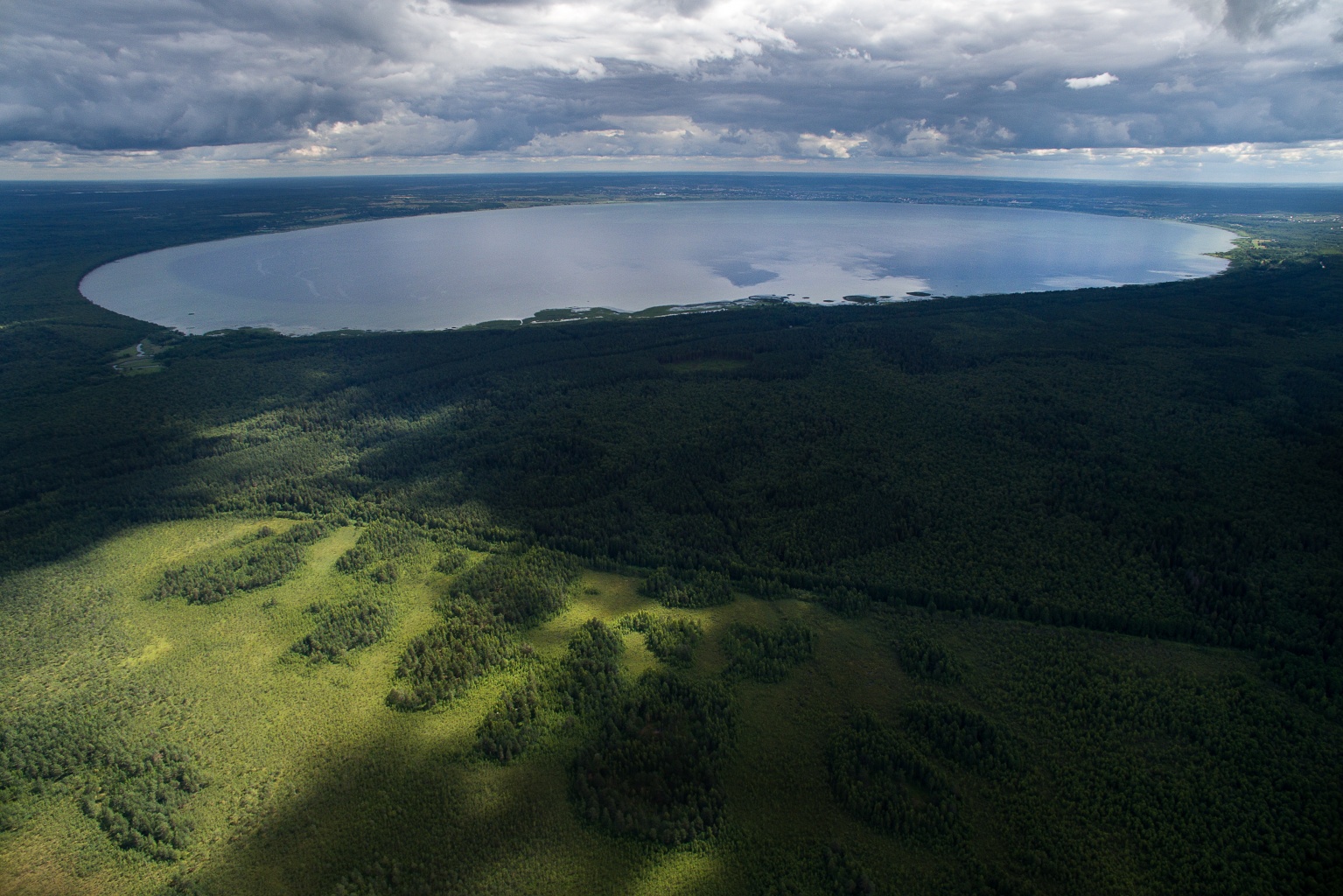
In an interview to Eco-Tourism Expert, Sergey Kochev, deputy director of the ‘Pleshcheyevo Lake’ National Park, speaks about these amazing places.
- What is included in the ‘Pleshcheyevo Lake Scientific Centre’ and why are these places unique?
- First of all, it is unique because the one-of-a-kind Pleshcheyevo Lake, a water reservoir of glacial-karstic origin, is located in its territory, its age is more than 30 thousand years. The Lake and its environs - the ancient town of Pereslavl-Zalessky, one of the centres, around which the Russian state was built - are a valuable natural and historical area of national importance, part of the cultural and natural heritage of our country.
Pleshcheyevo Lake is regularly listed in various ratings as a mysterious and enigmatic place. Some people talk about its fogs, some - about its glow, and others - about giant pikes and the second bottom. I will not confuse our readers, but one thing is certain: Pleshcheyevo Lake is one of the most picturesque water reservoirs in Central Russia. And the size of the Lake is impressive: it is 9.5 km long, 6.5 km wide, and its area is 50.98 sq. km. It is like a real sea! Due to the drop of depths - it is very shallow near the coast, and the greatest depth is 24.5 m - in windy weather, the waves are almost like deep-sea waves. And the kiters and surfers are fond of its wind and waves. Those who like relaxing near the water also like this lake for its sandy bottom and warm water.
Since ancient times, the locals have been using the fish from Pleshcheyevo Lake. The fish fauna is not rich - it has 16 fish species only. But there is a very famous endemic fish variety, Pereslavl vendace, or a ‘royal herring’. As a delicacy, it was purveyed for the households of the great Moscow princes and tsars in the pre-Peter Russia. To fish the ‘royal herring’ at the mouth of the Trubezh River, the sovereign Rybnaya Sloboda (Fishing village) was set up and its community enjoyed certain privileges since they ‘exercised public functions’. In those days, the delicacy from Pleshcheyevo Lake was also symbolic. Baron Sigismund von Herberstein, Ambassador of the Holy Roman Empire, said in his ‘Notes on Muscovite Affairs’ (Rerum Moscoviticarum Commentarii) published in 1549 that the dish with smoked vendace was served at sovereign’s feasts as a symbol of Pereslavl's loyalty, as Pereslavl was the first Russian town to join Moscow, the Grand Duke and the tsar throne, at the beginning of the 14th century.
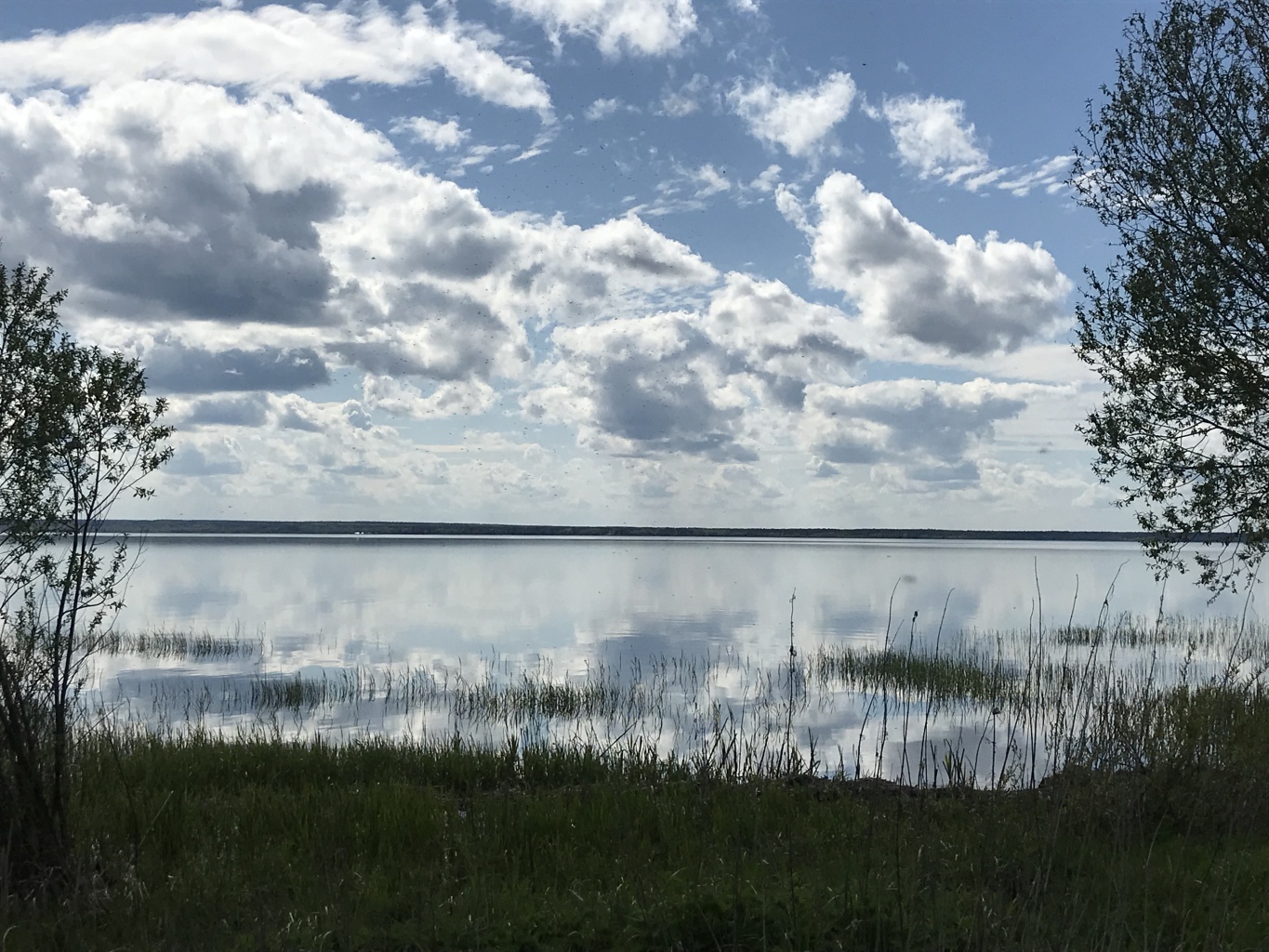
At the end of the 18th century, by decree of Catherine the Great, two vendaces decorated the Pereslavl-Zalessky’s coat of arms as a sign that the town was carrying on business in this fish. Indeed, by that time, the Pereslavl fishermen had already been transferred to the category of specific (tsar’s) serfs and paid quitrent from the sale of the Lake fish. Before the abolition of serfage, they sold the fish in Moscow, Pereslavl, Aleksandrov and Yuryev-Polsky. The famous gourmet and great writer Alexandre Dumas, père, stayed near Pereslavl and tasted the famous local fish. In his ‘The Great Culinary Dictionary’, he wrote about the ‘Vendace fried in marinade’. The vendace was rare but had been considered a commercial fish for centuries. Fishing vendace was restricted in 1961. According to the latest studies carried out by the Institute for Biology of Inland Waters, Russian Academy of Sciences (IBIW RAS), the vendace population in Pleshcheyevo Lake is 3.2-4.2 million individuals.
- The lake and its surroundings have a long and interesting history. Different tribes settled here at different times, and towns were founded. Tell us about this.
- The area where the National Park is located and actually the entire Pereslavl District is traditionally attributed to the Rostov land, the historical fate of which is associated with the north-eastern Slavic tribes. The shores of Pleshcheyevo Lake were developed back in the Neolithic era, as well as the mouth of the Trubezh River, the banks of the Veksa River, the shores of Somino Lake, and the area of the Berendei Swamps. In the early Iron Age era (the 6th century B. C.), the area adjacent to Pleshcheyevo Lake became one of the centres where the Merya tribes were formed that played a significant role in the ethnogenesis of the Russians. The existence of a compact Merya’s community here is supported with undeniable evidence like archaeological sites and a large number of Finno-Ugrian names in the substrate toponymy of the region (Kuhmar, Brembola, etc.).
The Slavs appeared on the Pleshcheyevo Lake shores around the 8th-9th centuries. One of the first Slavic towns between the Volga and Klyazma rivers that became the centre where the Great Russian people formed was the small town of Kleshchin on the north-eastern shore of Pleshcheyevo Lake. In 1152, Pereyaslavl-Novy (future Pereslavl-Zalessky) became the largest settlement on the shores of the Lake and an important centre of the princely power as part of North-Eastern Russia (Vladimir-Suzdal). The town of Pereslavl-Zalessky and Pleshcheyevo Lake are a holistic entity due to the unique combination of the natural, historical and cultural heritage. Here, the monuments are located associated with the names of prominent statesmen of Ancient and Medieval Russia, with significant events in the Russian history, culture, and spiritual life of the Orthodox Russians, and the first Russian literary monuments like ‘The Prayer of Daniil Zatochnik (also translated as ‘The Supplication of Daniel the Exile’ or ‘Praying of Daniel the Immured’), ‘The Lay of the Ruin of the Russian Land’. The Park has three attractions, three natural monuments, 25 archeological monuments, two historical monuments and two architectural ones. The most famous names associated with this region include Yuri Dolgoruky who founded Pereslavl in 1152, Aleksandr Nevsky who was born in Pereslavl in 1221, Ivan the Terrible who visited Pereslavl many times going on a pilgrimage, and Peter the Great who built his ‘poteshny (toy)’ fleet on Pleshcheyevo Lake in his youth.
- Among the attractions of the Pleshcheyevo Lake coast, the Blue Stone is of interest to tourists, there are many stories and legends about it. What is it?
- This is a monolithic glacial boulder, considered sacred in pagan times. Perhaps, the stone was an object of worship even among the Merya people. For the ancient pagan Slavs, such stones served as idols of the God of cattle breeding, husbandry and the Veles’s realm of the dead. The cult of the Blue Stone among the local people was preserved in the Christian times. The church made two attempts to get rid of this boulder: it was buried in the ground at the beginning of the 17th century, but it was soon scoured with spring waters and appeared on the surface. At the end of the 18th century, they tried to transport the stone to the town to put it in the foundation of the Dukhovskaya Church that was under construction, but the sleigh fell through the ice, and a few decades later, the stone was discovered on the shore of Pleshcheyevo Lake. Today, thousands of tourists come to the Blue Stone to make a wish, which, supposedly, the pagan idol would certainly fulfill. In the National Park, in general, there are many places where people sometimes go to with the belief that their wishes would come true.
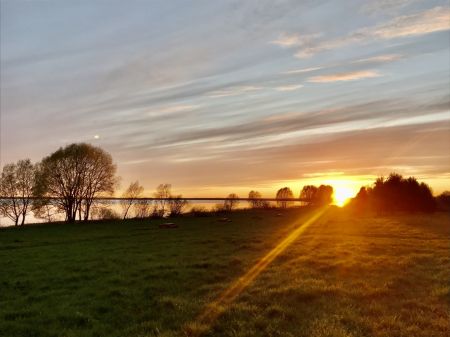
- These places are also favorite among pilgrims visiting numerous local monasteries. Please tell us about the wellsprings and sacred springs these places are famous for.
- On the western shore of the Lake, near the village of Kupan, there is a spring of St. Barbara the Great Martyr known since ancient times and named after the icon that appeared near it. According to popular belief, the spring water is healing. Not far from the old village of Veskovo, on the southern slope of the hill crowned by the ‘Boat of Peter the First’ historic house museum, there is a Gremyach spring. It gives rise to a stream running to the Pleshcheyevo Lake. A local legend has it that in the old days, during a severe thunderstorm, a lightning struck here and ‘unlocked’ the spring. Its water is high in iron compounds. From generation to generation, a tradition has been passed that the spring’s water was used to treat wounded soldiers. Tsar Peter and his shipbuilders drank this water.
The spring in honor of the Kazan icon of the Mother of God is located west of Pleshcheyevo Lake, near the village of Solomidino. The old local legend has it that one day, near the spring, the Kazan icon of the Mother of God was found.
The Nikitsky sacred spring is very popular, especially among the Orthodox pilgrims. It is located northwest of Pereslavl-Zalessky at the bottom of a large ravine, not far from the ancient Nikitsky monastery. According to the legend, it was discovered back in the 12th century by reverend Nikita Pereslavsky Stylite who wanted to dig a well in this place. The spring is well equipped. A chapel was built above it, and a bath is located nearby. The healing water from this spring is used for drinking and bathing.
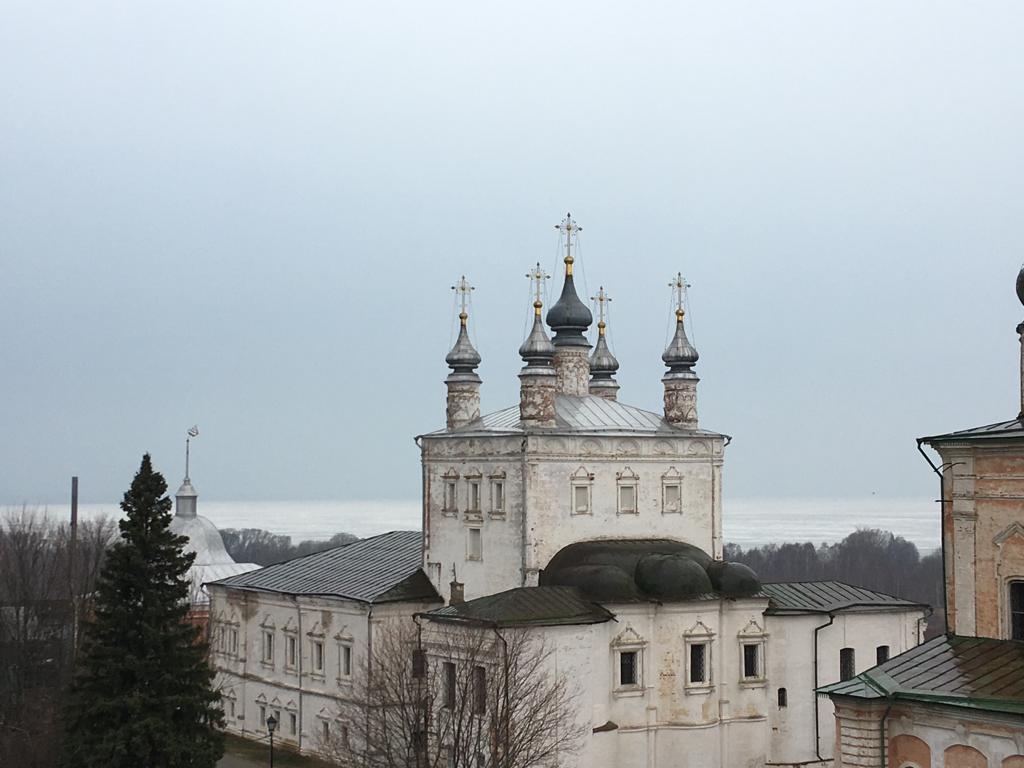
- What natural objects that are part of the National Park are of particular interest to visitors and lovers of flora and fauna?
- There are a lot of such natural objects in the Park that are interesting in the scientific, cultural, educational and health-related aspects. The largest and most significant monuments in the Park are Pleshcheyevo Lake and the Dendrological Garden, but other objects are of great interest to both scientists and tourists, too.
The Thunder (Gromovaya) mountain is a forested hill on the north-eastern shore of Pleshcheyevo Lake. Almost all deciduous trees and the plants of the Yaroslavl Region are represented on its slopes. The Simak mountain area and the Kukhmar pine forest are pine woods with green mosses where the main species is a common pine (Pinus sylvestris). The Kukhmar and Simak mountain areas are near Pereslavl where common juniper (Juniperus communis) grows. The pine forest near the village of Solomidino is a man-made plantation of a common pine. The trees were planted here by serfs about 200 years ago, so the locals calls this place the Serfs’ Forest.
The Prishvin Pine Forest stretches along the Pereslavl-Uglich highway between Pleshcheyevo Lake and the remnants of Bludov Swamp, from the Kuroteni River to the village of Usolye. This unique part of the National Park - a piece of southern European taiga - was saved from deforestation in 1935 thanks to the efforts by writer M. M. Prishvin.
The attention of visitors to the National Park will undoubtedly be attracted by the forest on the western shore of Pleshcheyevo Lake, the Simak and Uryov areas, as well as the forest at the Cross Chapel and the oak grove near the villages of Chashnitsy and Yam.
The National Park is located on the border of the southern taiga (coniferous forest) and mixed forests subzones. The morphological and hydro-climatic conditions in combination with the complex structure of the soil surface create the conditions for the diverse biota. The flora of the National Park has about 790 species of vascular plants belonging to 98 families, which is 75% of the today’s indigenous flora of the Yaroslavl Region, with a lot of herbs, melliferous flowers, forage grasses, ornamental and edible plants. The fauna near Pleshcheyevo Lake is also quite rich. The Park is home to about 300 species of backboned animals, including about 52 species of mammals. These are moose, roe deer, bears, flying squirrels, as well as more than 180 species of birds, including gray heron and whooper swan, 10 species of amphibians and 6 species of reptiles. A unique variety of butterflies can be seen here. At the moment, 89 species of animals inhabiting the National Park are listed in the Red Book of the Yaroslavl Region. Sixteen taxa are listed in the Red Book of the Russian Federation.
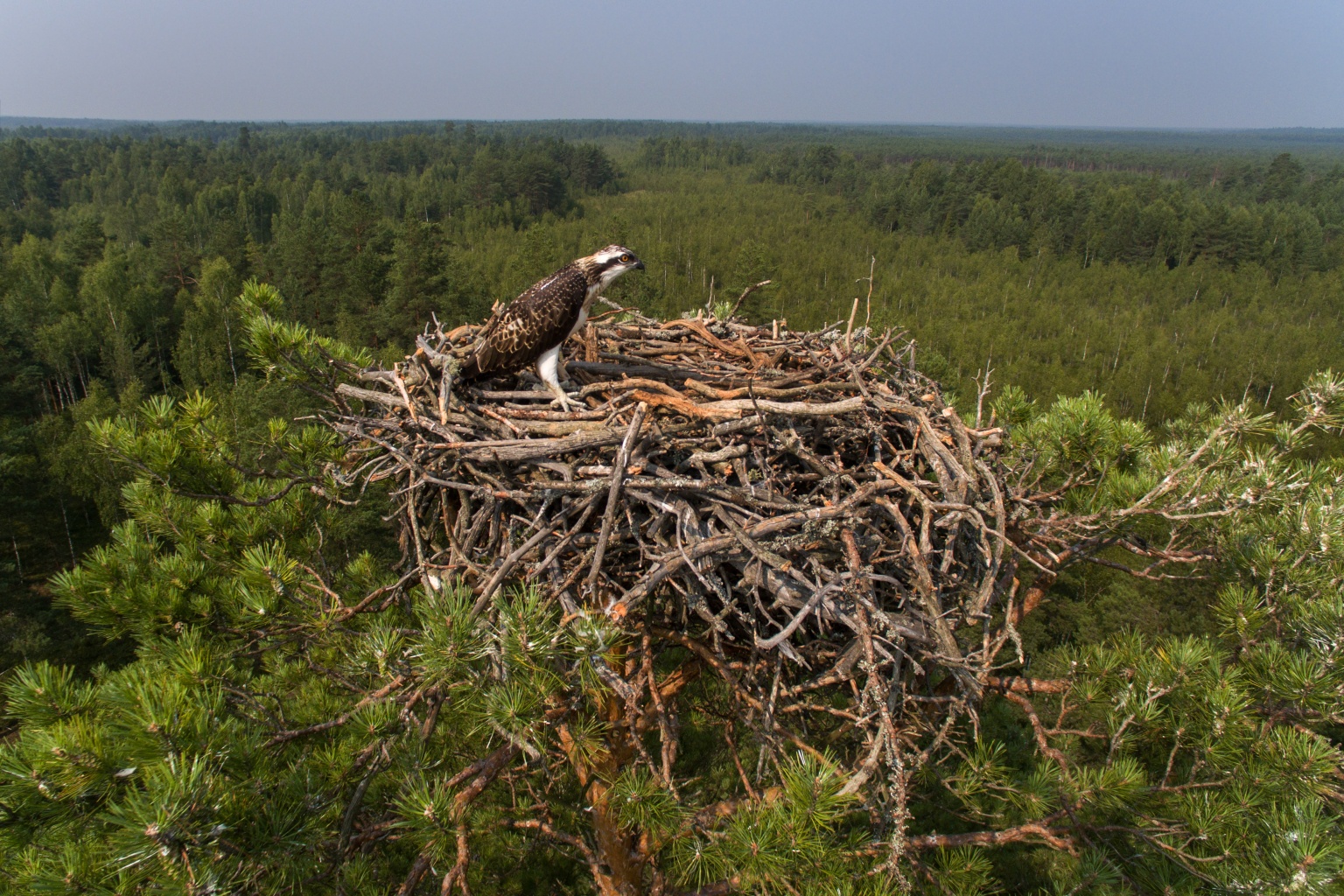
A man-made S. F. Kharitonov Dendrological Garden is a very special area in the National Park and it is registered in the International Catalogue of Botanical Gardens at Charles University, Prague. Its area is 58 hectares. The unique collection of its trees and shrubs is represented by 662 species of introduced plants that belong to 102 genera and 39 families, the total number of plants is more than 40,000. Currently, the Dendrological Garden is also used for cultural and educational purposes. It is visited by individuals and by groups of experts from the forest industry and by various environmentalists, as well as by schoolchildren, students, residents, and the guests of the city. Four tours are offered at the Garden, and in 2019, the ethno-botanical landscape exposition, the ‘Japanese Garden’, was opened.
- What are the areas of activities carried out at the National Park? What excursions and events are held? Do you carry out any researches?
- The activity of the Park is diverse. It includes the reforestation - planting, interplanting, tending of individual trees; forest protection, for example, forest health monitoring, soil preparation for next year’s tree planting; fire-safety measures - making and maintaining fire barrier lines; routine work - the protection of the area and biological resources, and providing conditions for regulated tourism. The National Park carries out activities to preserve the biodiversity of the wildlife of land ecosystems, carries out researches, makes ecological paths and nature trails, museums, and sets up visit centres.
The development of the ecological culture among the local communities and tourists visiting the Park is among the most important tasks of the National Park. The Department of tourism and environmental education is involved in this. Its aim is to spread the scientific knowledge about the nature protection and involving local residents and numerous vacationers and travelers in the environmental protection activities, fostering a rational attitude to the use of the natural resources, as well as raising the public status of the Pleshcheyevo Lake National Park. Today, the Park offers seven ecological paths and six ecological and local history educational tours. Hiking along the nature trails (Backwoods, Kukhmar) allows everyone to get acquainted with the forest ecosystems, the ‘Visiting Gray Heron’ trail is of interest, first of all, to the fans of ornithology, the eco-paths through the Dendrological Garden give a chance to see trees and shrubs of the various regions of the world. The excursions are held in such a way that they are interesting to all the visitors, from a child under seven to a senior person, from a professional to a nature enthusiast. The work is always underway to update the tourist infrastructure, and new ecological paths are made and created.
Along with the development of the Park’s area, a lot of research work is underway at the Park. To this end, agreements are made with leading Russian institutes and universities (IBIW RAS, Yaroslavl State University named after P. G. Demidov, Yaroslavl State Pedagogical University named after K. D. Ushinsky), botanical and dendrological gardens in Russia and abroad.
It has come to Eco-Touism Expert’s knowledge that not so long ago, the Ministry of Natural Resources of Russia instructed to pay special attention to immediate considering the possibility to make a railway station near the Pleshcheyevo Lake National Park. The proposals of the Ministry of Natural Resources to improve the transport accessibility of specially protected natural areas of federal significance are under consideration by the Government of the RF. The anticipated increase in the demand for domestic tourism in Russia makes the topic particularly relevant.

